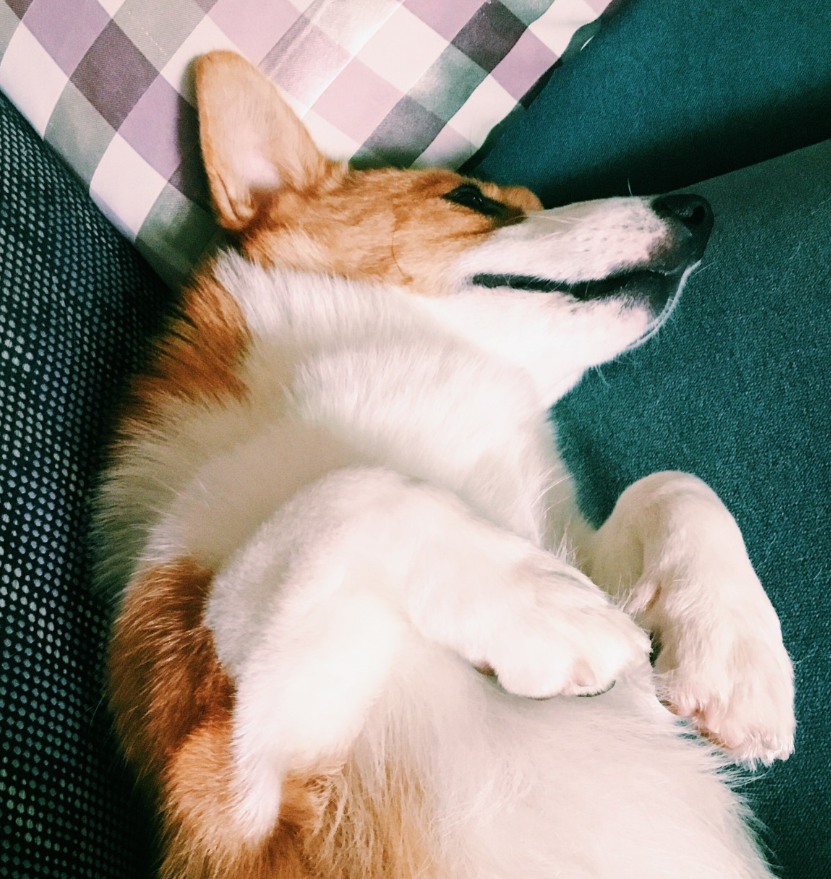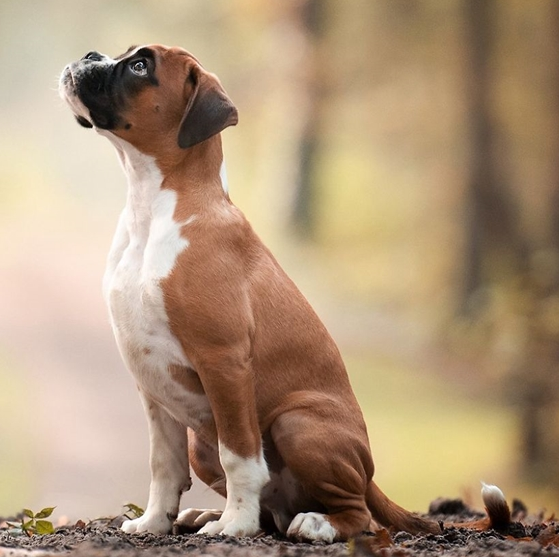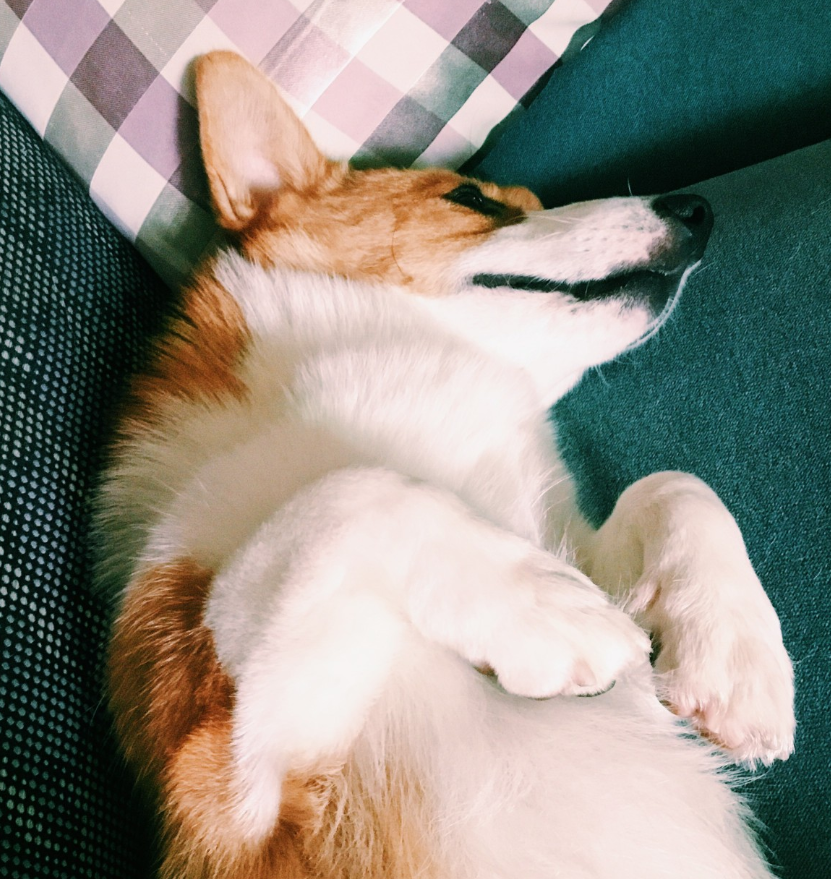1. Excited dogs
This dog is characterized by strong excitability and weak inhibition, forming excitatory conditioned reflexes fast and consolidated, and forming inhibitory conditioned reflexes slow and easy to disappear. Therefore, in training, the main thing is to cultivate and play its inhibition process, do not be impatient and adventurous, so as not to cause adverse consequences.
2. Active dogs
This dog is characterized by strong excitatory and inhibitory processes and flexible transitions, and both excitatory and inhibitory reflexes are formed quickly during training. Improper training methods are prone to produce undesirable associations, and thus special attention should be paid to the means and the appropriate methods.
3. Quiet type dog
This dog is characterized by strong excitatory and inhibitory processes, but less flexibility in transformation, and its inhibitory processes are relatively stronger than its excitatory processes. In other words, the inhibitory conditioned reflexes are formed faster during the training process, and the formed reflexes are also more consolidated. Therefore, in training, we should focus on developing the dog’s flexibility and increasing excitability appropriately.
4. Passive defense reaction type dog
This kind of dog is characterized by passive defense when encountering frightening or fearful things, which affects the training process. For this kind of dog, when the owner (or handler) approaches it, one is to use gentle tones and light movements to prevent sudden frightening, which makes it afraid to approach the owner (or handler) for a long time and affects the establishment of affinity relationship. Secondly, when encountering things that the dog is afraid of, adopt a patient and induced approach to make the dog gradually eliminate its passive state and adapt to it.
5. Dogs with strong exploratory reflexes
This kind of dog is sensitive to certain new and different stimuli in the surrounding environment, and after several exposures, it still does not subside and disappear, which is related to the flexibility and maladaptation of the dog. Treating this kind of dog should usually pay attention to more environmental exercises to make it gradually adapt. Before each training, let the dog familiar with the environment, try to choose a quiet, no external stimulus temptation and interference with the training site. When the exploratory reflex appears during training, the owner should try to draw attention to the training subject, and may also use appropriate coercive means to inhibit the exploratory reflex.

6. Dogs with strong food response
Full advantage should be taken of the strengths and more food stimulation should be used for training. However, a dog with a strong food response is prone to accept food from all parties and affects the establishment of movement in the subject in question. A well-trained vowed dog or pleasure dog should refuse to eat food given by others and should not pick up food anywhere. Therefore, it is important to strengthen the “no” training to make the dog develop good habits.
7. Fierce and aggressive dog
This dog is basically a highly excitable dog and should be properly strengthened with mechanical stimulation to bring into play its inhibitory processes. In the management training, we should be strict and strengthen the attachment, obedience and bite training in order to make full use of its strengths. However, it is necessary to prevent biting people and animals. For a few fierce and timid dogs, exercise should be strengthened to prevent over-stimulation, so that the dog gradually becomes bold.
In addition, other types of dogs may be encountered, and the principle of training them is to build on their strengths and avoid their weaknesses, skillfully applying conditioned and unconditioned reflexes to stimulate and gradually improve the training method.

